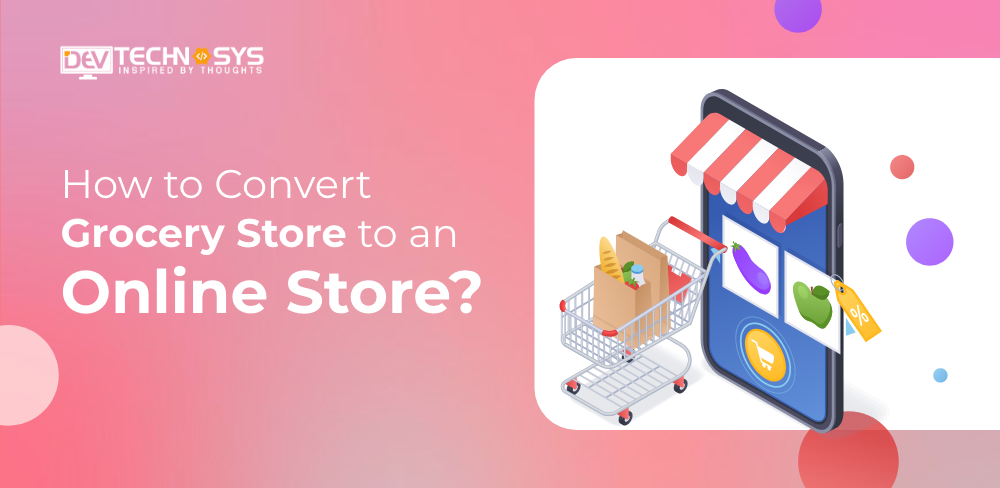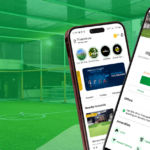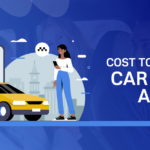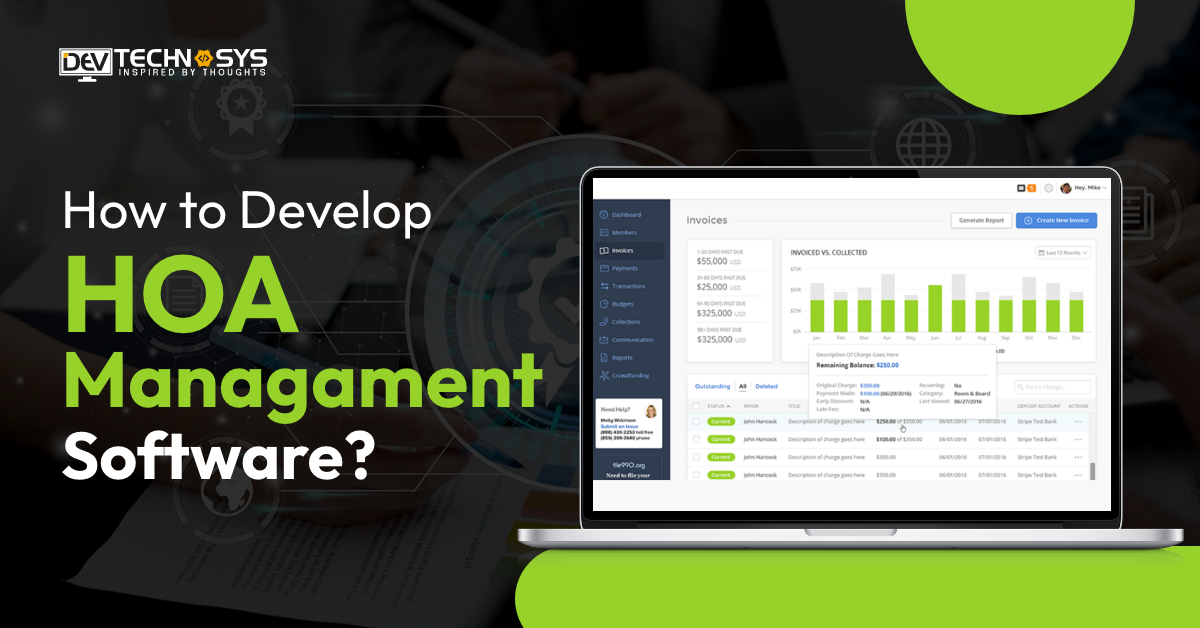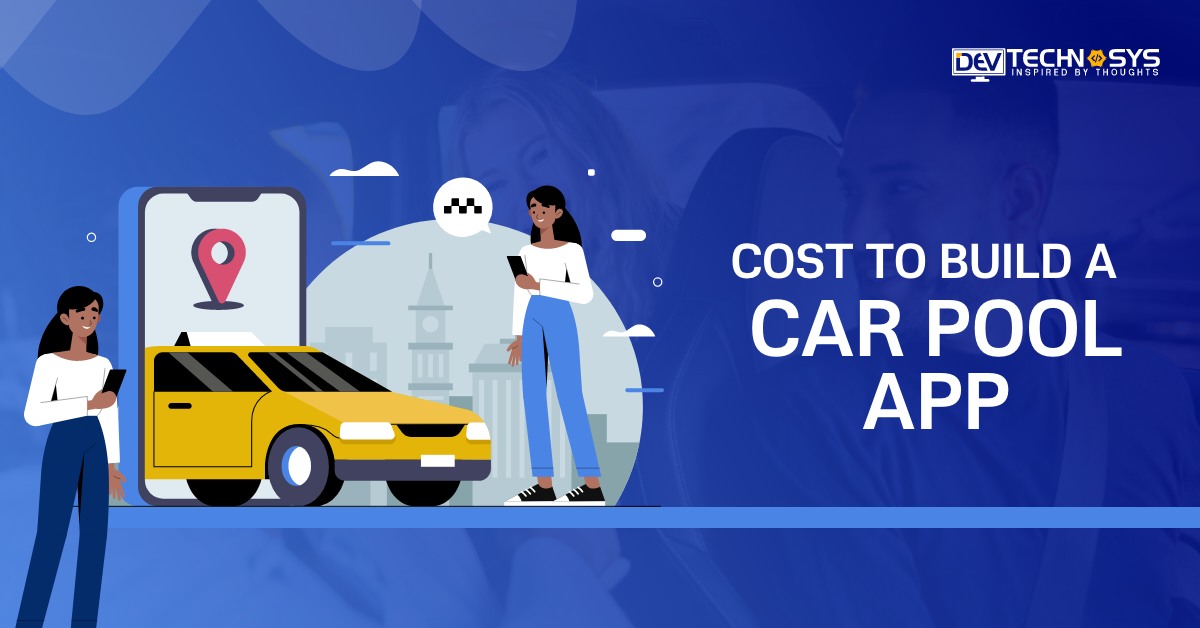“From the bustling aisles of your local grocery store to the convenience of your own home, the world of shopping has undergone a revolutionary transformation.
With technology playing a vital role, consumers are now opting for the comfort and ease of online grocery shopping. But for brick-and-mortar stores, the shift to an online presence can seem daunting.
That’s why we’re here to guide you through the process and show you the best way to convert grocery store to an online store.”
Join us as we explore the latest trends, technologies, and strategies to help take your business to the next level.
Without further ado, why don’t we dive into this blog and learn the best way to convert grocery store to an online store?
Table of Contents
What is an Online Grocery Store?

An online grocery store is a retail website or platform where customers can purchase groceries and household items for delivery or pickup. These stores offer a convenient way to shop for groceries from the comfort of one’s home without needing to visit a grocery store physically.
Steps to Convert Grocery Store to An Online Store
If you want to create online grocery platform, then it is time to dive into this section carefully. In this section, we have built a step-by-step guide that will lead you toward converting a grocery store into an online store.
1. Determine the Target Market & Product Offerings.
It is the first stage to convert grocery store to an online store where you must determine the target market at this point, comprehend their demands and buying preferences, and ascertain the kinds of things they are most likely to buy online.
Put your attention on in-demand items and unique items that are challenging to find in traditional merchants. Next, determine how your grocery delivery app development solutions may stand out from the competition by analyzing the products that they sell online.
To make the purchasing experience more convenient for customers, consider providing options for subscription services or repeating deliveries. During the process to create an online grocery platform, you must have a solid online presence are steps you may take once you are confident of your target market and product offers.
2. Build An E-Commerce Website
Creating an e-commerce website to convert grocery stores to online stores is necessary. Select a user-friendly, aesthetically pleasing, and simple-to-use platform. You must work with a grocery delivery app development company to create an e-commerce website.
The website should be created with the target demographic in mind and have distinct categories to make it simple for users to find what they’re searching for. To improve the user experience, consider elements like product reviews, suggestions, and a wishlist.
You must follow all applicable laws and rules, such as a privacy policy and terms and conditions. It will be essential to have well-designed grocery delivery app development solutions to grow its presence and attract and keep customers.
3. Implement Payment Systems
To convert grocery store to an online store, you must set up a safe payment method for online transactions, like PayPal, Stripe, or a credit card operator. The payment system should be simple to use and secure to safeguard the client and the retailer.
To protect the security of consumer information, it is crucial to abide by all applicable rules and regulations, such as PCI compliance. Provide a range of payment methods to meet the needs and preferences of various clients.
To give customers a satisfying and hassle-free buying experience, be sure you also set up a system for handling returns and refunds.
Building confidence and credibility with clients and completing online transactions depend on a reliable payment system. You must hire developers with excellent skills and experience for an incredible payment system.
4. Arrange for Shipping and Delivery
You need to set up shipping and delivery at this point to convert grocery stores to online store process. For example, local pickup, home delivery, or shipping to particular locations are some of the most excellent shipping and delivery alternatives for the target market.
Consider price, practicality, and convenience when choosing the best delivery choices. Work with a shipping company or courier service to ensure that things are delivered quickly and affordably.
Provide clients with tracking information so they can follow the progress of their goods, and make sure to clarify the delivery options and pricing properly on the website.
5. Develop a Marketing Strategy
It is now necessary to develop a strategy for promoting the online store and connecting with the target market to convert grocery stores to online store. To contact potential clients:
- Use various marketing platforms, including social media, email marketing, and internet advertising.
- Offer discounts and other incentives to entice clients to make their initial purchase, such as free shipping.
- Encourage customer testimonials and word-of-mouth referrals, which can be effective growth drivers for your company.
- Analyze the results of your marketing campaigns frequently to gauge their effectiveness and make any corrections.
A complete marketing plan is essential for the internet store to gain new clients and expand its clientele.
6. Establish a Customer Service System
Before you start to convert grocery store to an online store, it is crucial to understand that it requires setting up customer service and support.
It entails setting up a method for dealing with client questions, issues, and feedback. Offer a contact form or phone number that is obvious and easy to find for customers to use, and reply to inquiries as soon as possible. The establishment of customer service is essential hence build with the help of on-demand app development services.
To assist in real-time, think about providing live chat support. Employees should receive training on how to communicate courteously and professionally with customers. Please keep track of consumer comments and use them to enhance the online buying experience over time.
A strong emphasis on customer support and service will increase customer satisfaction and loyalty, resulting in more repeat business.
7. Continuously Evaluate & Improve the Online Store
Monitoring and enhancing the online store on an ongoing basis is the last step in converting a grocery store to an online store. Analyze store performance measures regularly, such as website traffic, conversion rates, customer reviews, and sales statistics.
Use this information to make informed decisions regarding product options, costs, marketing, and customer service. To ensure that customers have a satisfying and seamless buying experience, constantly assess and improve the website’s navigation, design, and user experience.
To stay ahead of the competition, keep pace with market trends and technological developments. You can secure the online store’s success and growth in the long run by consistently monitoring and enhancing it.
Features You Must Know to Convert Grocery Store to An Online Store
Before converting groceries to an online store, one must look into some of the incredible features. Here are some key elements that are necessary for any grocery app development.
- E-commerce Platform:
Select a reputable e-commerce platform with a user-friendly interface, robust security, and responsiveness on mobile devices.
- Product List:
Make a complete and current product catalog with top-notch illustrations, thorough descriptions, and prices.
- Purchase Cart:
Include a safe shopping cart system allowing users to efficiently add, view, and manage orders.
- Payment Processor:
Give customers a choice of payment methods, such as credit cards, debit cards, and online payment processors like PayPal.
- Manage Orders:
Create an effective system for managing orders that allow for order tracking and processing from beginning to end.
- Inventory Control
Ensure that only stock items are available to clients by checking inventory levels in real time.
- Delivery Options:
To match consumer expectations, provide quick and dependable delivery choices like same-day or next-day delivery.
- Customer Support
To respond to consumer problems and questions, offer first-rate customer care over several channels, including email, phone, and live chat.
- Promoting and Marketing
Utilize powerful marketing techniques to connect with and engage customers, such as email marketing, social media marketing, and search engine optimization.
- Mobile Optimisation
As many customers prefer to shop on their smartphones, ensure your online grocery store is mobile-optimized.
How Much Does It Cost to Convert Grocery Store To An Online Store?

If you want to convert grocery store to an online store, it can be a complex and expensive process, but it can also greatly expand your customer base and increase your sales.
Here are the steps involved in converting your grocery store to an online store, along with the estimated cost of each step:
1. Website Development:
To convert grocery store to an online store, you’ll need to build a website with elements like shopping carts, payment processing, and order administration.
The price of developing your website will depend on how intricate it is, but it might be anywhere between $5,000 and $20,000 or more.
2. Inventory Control System
You’ll need a system to keep track of your inventory levels and update them as orders are received. You can create a custom solution or utilize a ready-made one like Square or Shopify. Depending on the solution you select, this could cost anywhere between $500 and $10,000.
3. Payment Processing:
You’ll require a method for accepting client payments, which may entail opening a merchant account and linking it with your website. Depending on the payment processor you select, it can cost anything from $50 to $500 per month.
4. Deliveries and Shipping:
You’ll need to establish shipping accounts with companies like UPS or FedEx to ship goods to customers. Additional workers may be required to manage shipment and fulfillment. Your shipping volume will determine the price, ranging from $500 to $5,000 per month.
5. Marketing:
To get customers, you must advertise your online store. Running online advertisements, providing specials and discounts, and search engine optimization are a few examples of how to do this. Depending on your tactics, marketing expenses could range from $500 to $5,000 or more monthly.
Depending on the intricacy of your website and the marketing tactics you pick, the overall cost of converting grocery stores to online stores is $10,000 to $50,000 or more. But, in the long run, the investment can be well worth it because it could significantly grow your clientele and boost revenue.
In a Nutshell!
In conclusion, converting a grocery store to an online platform can significantly benefit the business in terms of accessibility, convenience, and reaching a wider audience.
The best way to convert grocery store to an online store is to focus on providing exceptional customer service and ensuring a seamless shopping experience.
With the right approach, a grocery store can leverage the power of technology to grow and reach new heights. So if you’re one of the people who want to convert grocery store to an online store, then without wasting time, hire dedicated team of developers with years of experience in web-based solutions to build you a masterpiece.
Frequently Asked Questions
What Are The Best Grocery App Development In The Market?
Before you start to convert a grocery store to an online store, let’s look at Popular Grocery Shopping Apps in the market, including:
- Instacart
- Shipt
- Grofers
- Bigbasket
- Walmart Grocery
- Aldi
- Peapod
- Thrive Market
- FreshDirect
- com
These apps provide grocery delivery services, allowing users to order groceries online and deliver them to their door. The quality and convenience of services may vary, but they all aim to make grocery shopping more accessible and efficient.
What Tech Stack Do You Need To Build a Grocery Delivery App?
To build a grocery delivery app, you need a server-side language such as Node.js, a front-end framework such as React, and a database such as MongoDB or PostgreSQL. You must also integrate mapping and payment APIs for delivery management and secure transactions. Using tools like AWS or Heroku for hosting and a version control system like Git will also be helpful. Additionally, considering an app development framework like React Native for mobile app development can be beneficial.

